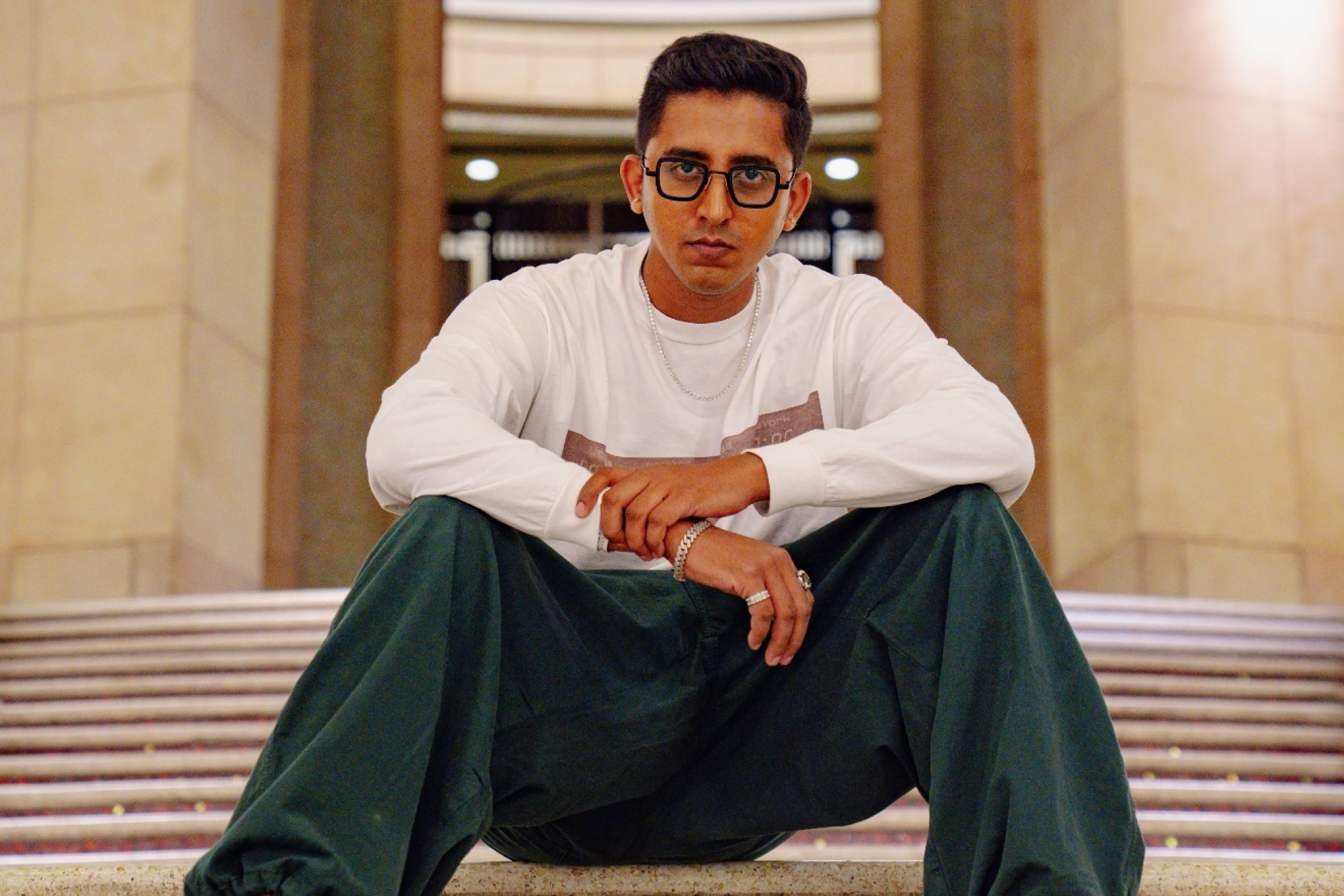 Interviews
Interviews
Get to know GNDHI, Bangalore's multi-instrumentalist producer taking over global stages
Ahead of his live set video premiere on Mixmag Asia, we dive into his journey, sound, and what’s next
Bangalore-based producer and multi-instrumentalist GNDHI is making his mark across the global music scene with his genre-blurring sound and moving live performances.
With over six years in the industry and a background as a drummer, percussionist, and saxophonist, GNDHI infuses his music with a unique blend of organic and electronic elements that captivate audiences from the first beat.
See for yourselves when he premieres one of his recent live set videos with Mixmag Asia on Monday, October 7.
Having risen to fame as one-half of the former live EDM duo Argenil, GNDHI's solo career has soared with releases on major labels and performances at renowned venues and festivals worldwide.
Supporting TroyBoi for a 20-city U.S. tour solidified his international reputation, and his single ‘Move On’, a fusion of Afrobeat and Latin influences, has become an irresistible hit. His track 'Dholna' also earned an opening spot in Ahadadream's BBC Radio Future Dance Mix.
In even more recent news, he dropped his latest banger 'Bangalore' as an ode to his hometown just last week.
With a massive year behind him, GNDHI is gearing up for even bigger and brighter things ahead, including a show at the iconic Red Rocks Amphitheatre.
Get to know him better in our exclusive interview below ahead of his video premiere on our site.
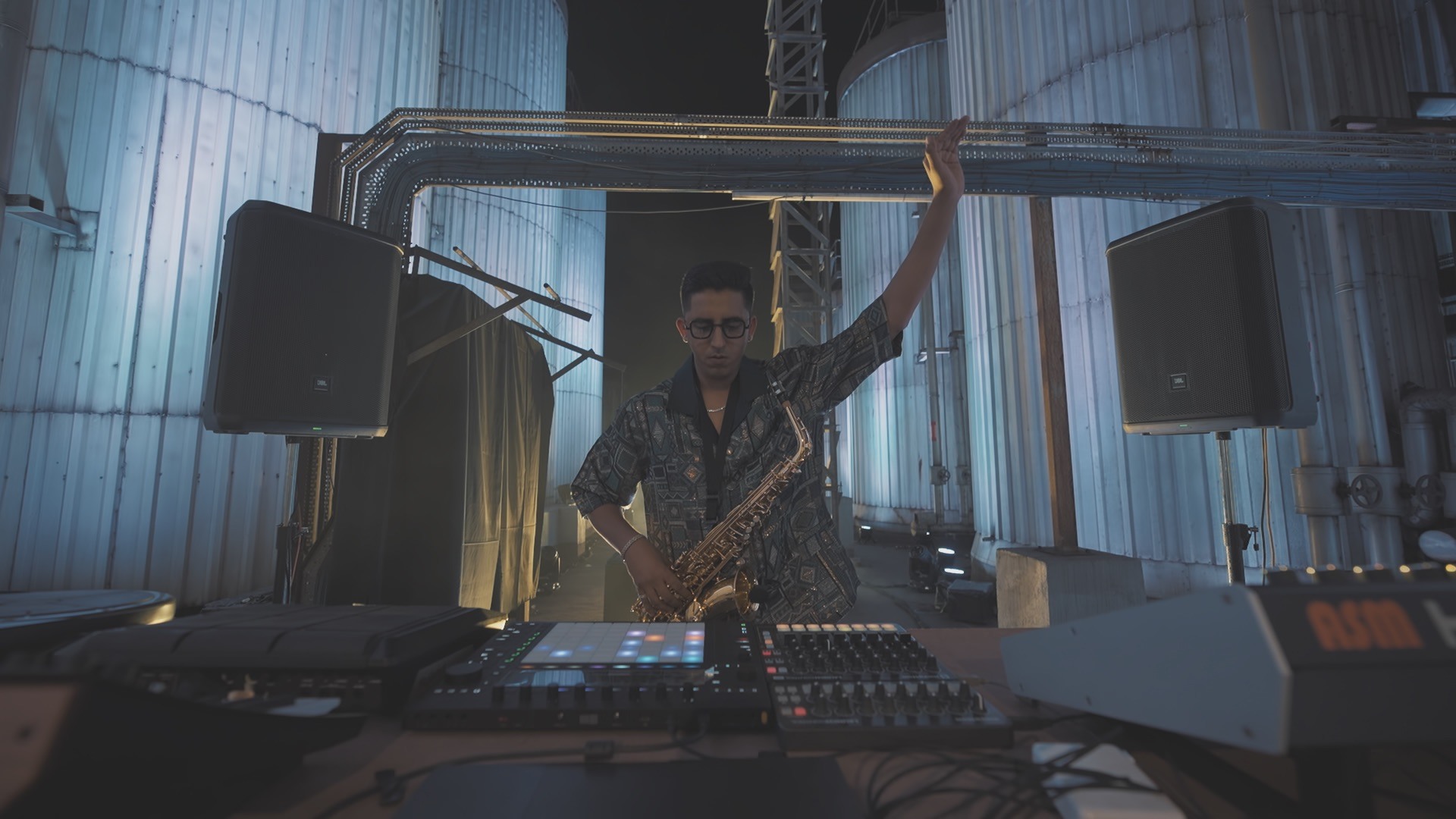
You’ve been described as a multi-instrumentalist with formal training as a drummer, percussionist, and saxophonist. How do you think these instruments shape your approach to electronic music production?
Having the ability to play live instruments, such as drums and percussion, profoundly impacts the way I approach my music production. The blend of live performance knowledge with digital production techniques creates rhythms, patterns, and sounds that truly bridge both worlds. This combination changes how I create music and offers a fusion of organic and electronic elements. Also knowing how to play live instruments enhances my understanding of how the music will translate in a live performance setting. When I produce music with these instruments in mind, I can seamlessly integrate them into my live shows, creating a more cohesive and authentic experience for my fans.
My advice to aspiring artists is when you are skilled at performing these instruments, you bring that understanding into the studio, allowing you to use modern production tools to craft drum and percussion parts in a unique way.
What’s your earliest memory with music?
My earliest musical memory is of my mother learning to play the Roland SPD-20 electronic drum pad. As a child, she would encourage me to sit next to her during her lessons, hoping I would pick it up as well. Eventually, I embraced it and began learning the instrument myself. It was through my mother’s guidance that I was introduced to music, with the electronic drum pad being my first experience in the world of music.
As someone who has toured extensively across different continents—from the USA to India and China—how have the distinct musical cultures from these places influenced your sound? Can you share any unique experiences from those tours that shaped the evolution of your music?
My biggest inspiration for sound design and creating soundscapes has primarily come from American artists. However, as a producer from India, I have always made it a point to incorporate elements of my culture into my music in some way. My strength lies in percussion, particularly Indian percussion, which was the foundation of my musical journey when I first started.
Traveling to places like America and China has also significantly influenced my sound. Being exposed to different environments and cultures has had a profound impact on how I approach sound design. The time spent in America helped me refine my techniques, while my experience in China deepened my appreciation for live instrumentation and their rich cultural percussion traditions. Coming back to India, I was able to merge these influences with my own roots, allowing me to create a unique sound that blends global elements with Indian music.
Not everything I create necessarily incorporates an Indian influence. As a producer with years of experience, my live show is designed to offer a diverse and immersive experience, with different segments showcasing a variety of styles. Some tracks highlight the fusion of South Asian elements with a global sound, while others lean more towards the international dance music scene, featuring purely English compositions. My music is not confined to one style or cultural influence—it is a reflection of who I am and where I come from, while also embracing a global perspective.
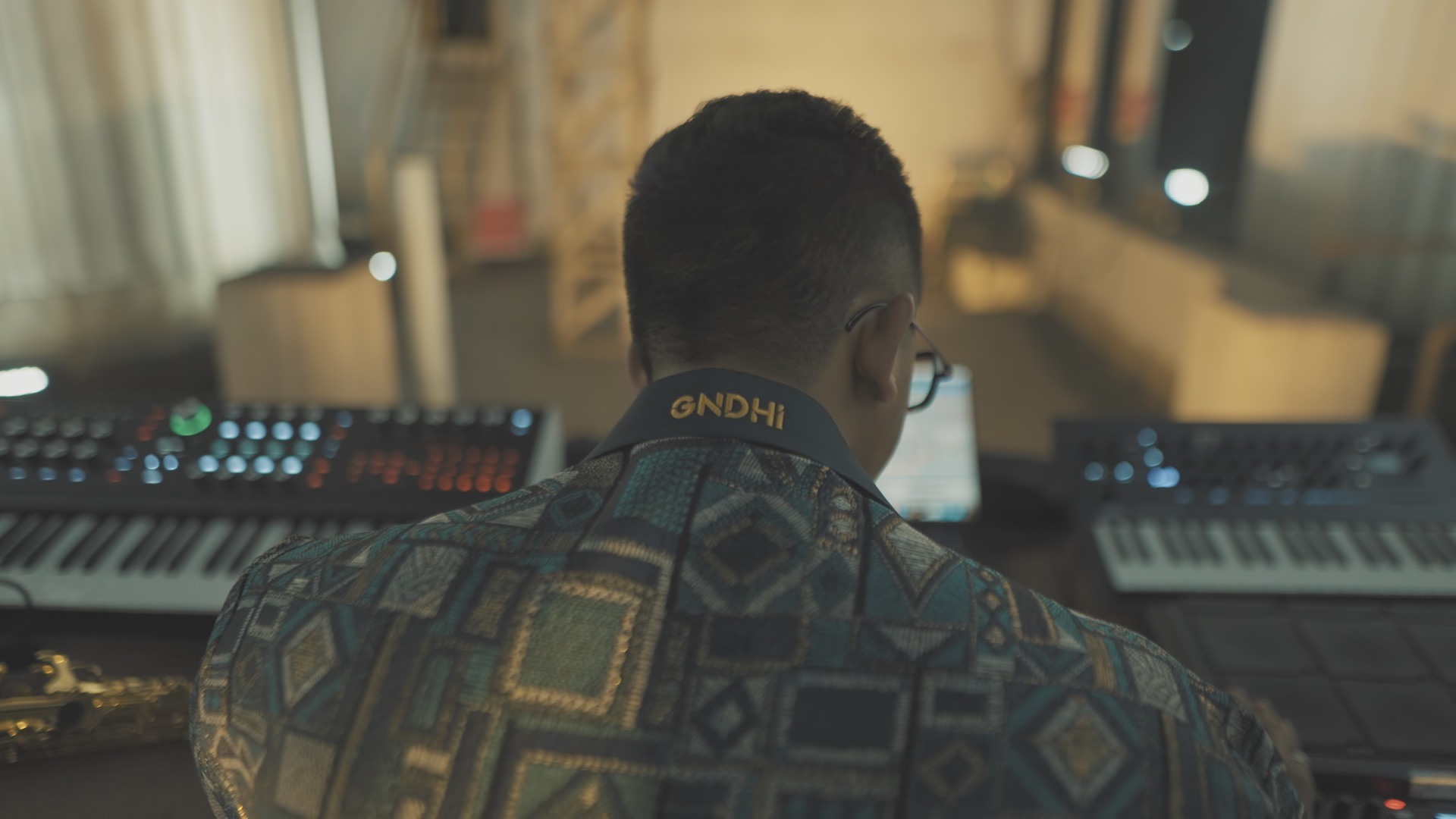
Your single ‘Move On’ integrates Afrobeat, baile, and Latin horns. What draws you to blending these diverse global sounds, and what’s the key to incorporating them into a modern dance track without losing their authenticity?
Today, the music industry is at an incredible point where artists are actively exploring the fusion of different cultures and global sounds. However, it’s all about perspective—each artist has their own unique approach to blending genres, especially in today’s genre-bending landscape. My personal approach, when fusing different styles or global influences, is to maintain the authenticity of each sound. I aim to preserve the original essence of the elements I incorporate.
For example, with my track ‘Move On’, the focus was on creating a rhythm-driven sound, with the horns adding an energetic, upbeat feel. It was one of those moments where everything aligned perfectly—the right day, the right mood—and I knew instantly that the track had come together just as I envisioned.
Read this next: The Lab India returns in 2024
Looking back at your time as one-half of Argenil, how did that collaboration shape your journey as a solo artist?
Being part of the duo with Anil was a transformative experience that significantly shaped my career and personal growth. We started as best friends and built the project together, dividing responsibilities and playing to our individual strengths. Each of us had specific skills that the other did not, which made our collaboration even more valuable. We learned from each other constantly, whether it was through refining our creative processes or handling the operational aspects of the project. This collaborative environment helped me understand the power of teamwork and taught me how to leverage each person’s unique abilities for a larger vision.
One of the most important lessons I gained from working in the duo was the value of respecting different perspectives. While we often had differing opinions, we trusted each other enough to move forward, knowing that even if one of us disagreed, the other’s vision could still lead to success. This taught me patience, compromise, and how to make decisions that serve the greater good of the project, even when personal preferences differ.
Additionally, being part of a duo enhanced my communication skills and strengthened my ability to give and receive constructive feedback. It also showed me the importance of trust and shared vision in a partnership. These experiences not only made me a more collaborative and patient artist but also improved my leadership skills, as I learned to balance both my own vision and that of a partner, while keeping the collective goal in focus.
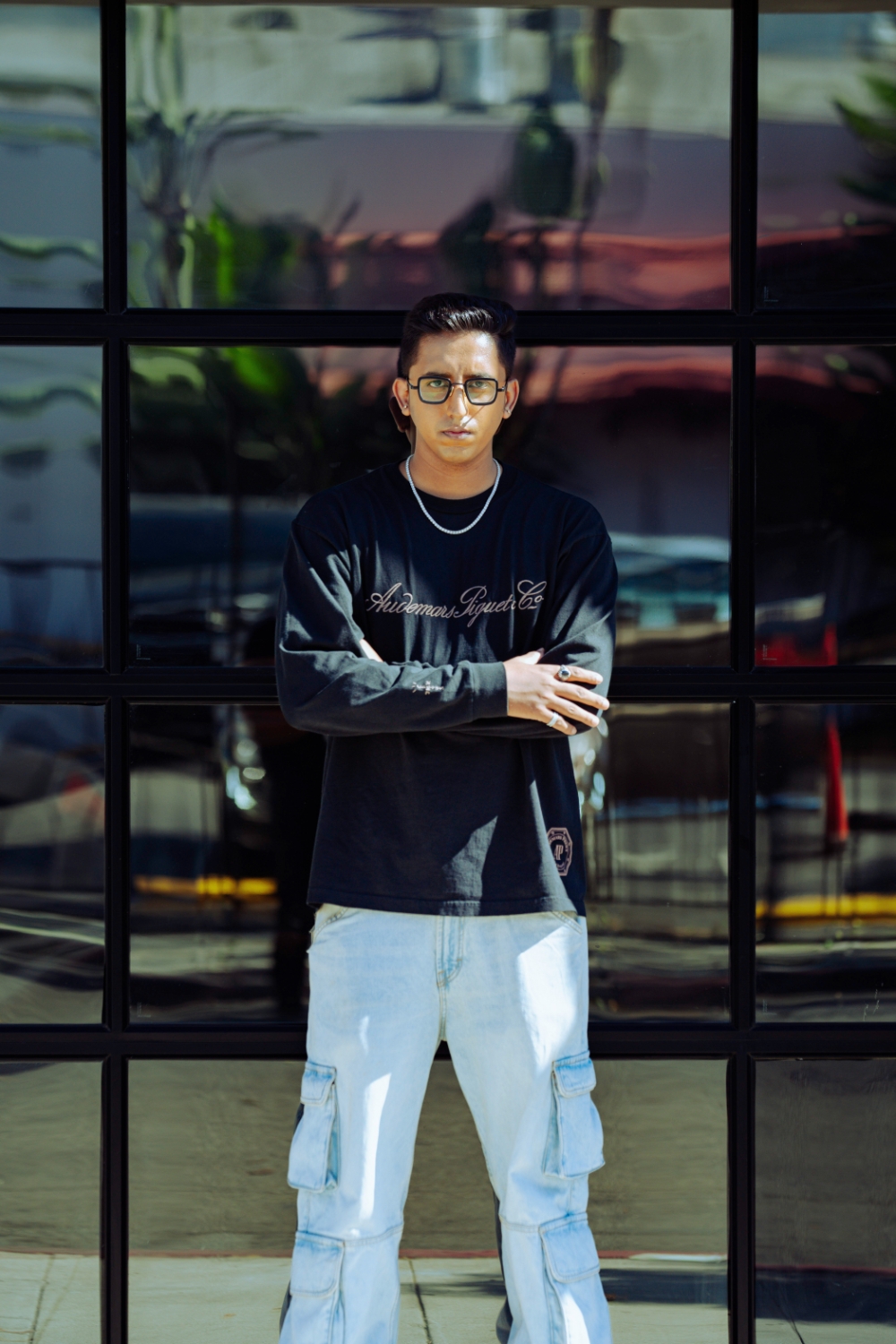
What one story will you never get bored of telling?
One of the most unforgettable moments of my touring life happened when I played at The Shrine in Los Angeles, during TroyBoi’s headline tour. I had the incredible honor of opening for him that night, which also happened to be his birthday. What made the night even more special was the surprise that was planned—Skrillex and his entire team showed up to celebrate with Troy during his set.
I was backstage, waiting for the show to wrap up, as we all worked together as one big team. No matter who was performing, we operated as a unit, helping each other with whatever needed to be done to ensure the show ran smoothly. We were ready for anything, and the focus was always on making sure the night was a success.
I was already in awe of the moment when I saw Skrillex and his crew backstage, preparing for the surprise. Completely starstruck, I had a brief chance to meet him, and when I expressed my respect for his work, he said something I’ll never forget: "Oh, you’re the guys opening for Troy from India? It’s great to meet you—I’ve heard about you." I was speechless—my heart skipped a beat, and I was completely at a loss for words.
In that moment, I was holding a party popper, ready to join the surprise on stage, while Skrillex held the cake. I was in shock barely processing what was happening.
When the cue came, we all went on stage to surprise Troy, and the energy in the room was electric. To this day, that moment stands out as one of the peak experiences of my life—both exhilarating and deeply emotional. It’s a memory that will forever hold a special place in my heart.
Supporting TroyBoi on a 20-city tour in the USA and performing at iconic venues like Red Rocks Amphitheatre is no small feat. What did you take away from those experiences, and how did they impact your development both as a live performer and a producer?
Touring with TroyBoi has been an incredibly transformative experience, and I want to start by saying that Troy is undoubtedly the most talented, disciplined, kindest, and classiest person I have ever met in this industry. His dedication to his craft and his genuine nature set a remarkable example for everyone around him.
From the very beginning, being on the bus tour was a challenge unlike any I had faced before. Travelling from city to city and delivering the same high-energy performance each night required immense talent and extraordinary willpower, training, and teamwork. The reality of touring is far from the glamorous image that many perceive; it involves navigating tight schedules, managing soundchecks, and adhering to strict call times, all while maintaining physical and mental fitness on the road.
I vividly recall the early shows when we struggled to make it on time for pack-up and soundchecks. Over time, we adapted and became more efficient, but each experience taught me invaluable lessons about the importance of preparation and discipline.
Being on tour with an artist like TroyBoi, coupled with the support of my amazing team, has profoundly influenced my growth as an artist and as a person. Their hard work and dedication have been instrumental in navigating the challenges of the tour, reminding me that success is never achieved in isolation. I am deeply grateful for their unwavering support and commitment, which have played a crucial role in helping me evolve.
Playing at iconic venues like Red Rocks has been nothing short of a dream come true, and I am still in awe of the journey. Each time I meet Troy, I promise him that the next show will be even better than the last, and I am committed to delivering an unforgettable experience. The challenges have been significant, but the rewards have been immeasurable, and I am deeply grateful for every moment of this incredible adventure.
Read this next: Dualist Inquiry's 'When We Get There' is a result of & reason for self-reflection
Your track ‘Dholna’ which was featured in Ahadadream's BBC Radio Future Dance Mix has garnered global attention. How do you stay ahead of the curve and keep things fresh in such a fast-moving industry?
I have always placed a strong emphasis on creating remixes and flips for my sets. I believe it’s important to include at least a small portion of music that the audience can instantly connect with. Whether it is a flip of a retro classic, a remix of a trending song, or something familiar, I make it a point to incorporate one or two tracks that resonate with the crowd.
This approach creates a win-win situation: the audience gets to experience something they know and love, which enhances their enjoyment and keeps them engaged. In return, it helps maintain their attention throughout the rest of my set, making them more open to discovering and appreciating my original sound.
The music industry moves at an incredibly fast pace, but I hold firmly to one belief, a philosophy I've learned from my mentors and the DJs and producers I admire: good music is good music, no matter how long it takes to create. Whether it takes you a day, a month, or even a year to produce a single track, the key is to ensure that what you're creating stands the test of time.
It is important to give 100% to every project—whether that means researching current trends, refining the sound design, or paying close attention to the overall sonic quality of the track. By committing fully to the creative process, you're able to maintain a strong presence in the industry, even in a landscape where new music is constantly being released. Your dedication and effort ensure that your work remains relevant, regardless of how fast-paced the environment may be.
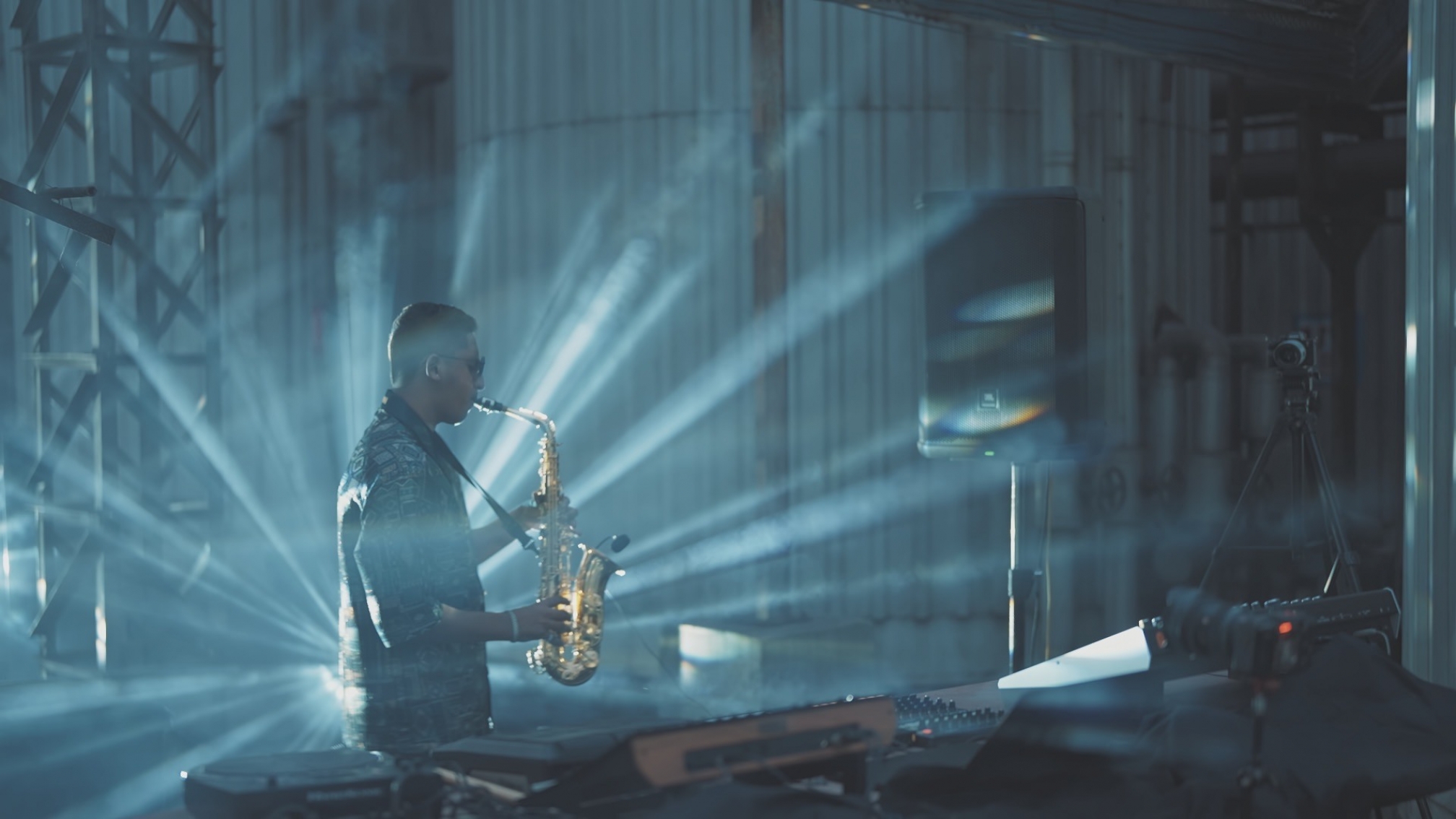
You’ve cited influences like Pharrell Williams, Rüfüs Du Sol, TroyBoi, and Zhu. What is it about their music or approach that resonates with you?
Pharrell is a master of rhythmic innovation, using syncopated grooves and unconventional patterns. Pharrell’s music feels both uplifting and musically sophisticated, making it accessible yet rich in depth.
RÜFÜS DU SOL’s ability to create these immersive soundscapes really resonates with me. Their blend of organic and electronic elements feels like a journey, where the textures just evolve as the track progresses. Tracks like 'Innerbloom' have this hypnotic polyrhythmic feel that pulls you in, and their use of dynamics—building tension and releasing it in waves—creates these intense emotional moments. I’m drawn to how their music makes you feel deeply while still being something you can move to.
TroyBoi’s music stands out for its innovative sound design, often incorporating ethnic instruments and global influences into bass-heavy beats and stand-out signature drums. He has always been a big big inspiration for me to date. His rhythmic complexity always keeps you on your toes—just when you think you know where the beat is going, he flips it. That kind of creativity really pushes me to think outside the box with my own production.
Zhu’s music captivates me on both a technical and emotional level. His production is built around dark, atmospheric soundscapes. What stands out technically is how he manipulates his vocals—he layers and processes them with effects like reverb and pitch-shifting to give them an ethereal, almost ghostly quality, like in 'Faded'. I also appreciate how precise his use of dynamics is; he balances subtle, melodic synth lines with tight, four-on-the-floor tech-house beats, creating a seamless blend of underground electronic music and mainstream appeal.
Read this next: 14 photos of Arrivals, Glastonbury’s first-ever South Asian dedicated stage
After a six-month writing and recording stint in the USA, what should we expect next? Any exciting collabs or tracks that were born out of that time?
I have had the opportunity to work on some incredible records with artists like Toxic Rob, Xane, and Shiwa. Toxic Rob, a rapper from Philly, is an amazing lyricist, and we have several exciting projects in the works. With Xane, an r'n'b singer-songwriter from the UK, we’ve explored a range of sounds, from electronic to traditional r'n'b, creating some truly unique music. Shiwa, a reggae and afrobeat singer from Amsterdam, has been fantastic to collaborate with—we’ve created tracks that blend reggae, afrobeat, and modern electronic music, as well as some fresh, acoustic reggae vibes. I feel blessed that my team introduced me to these incredible artists, who have not only uplifted my production skills but also enhanced my ability to collaborate effectively. Working with them has significantly contributed to my growth as a producer.
Electronic music genres like trap, bass, and house feature heavily in your sets. How do you approach genre-blending in your music, and what kind of energy or story are you trying to convey when you perform live?
The new GNDHI sound represents an innovative fusion where house and electronica meet bass, incorporating sound design elements from the techno realm, resulting in my unique hybrid style. The upcoming live show is designed to be a genre-bending experience, with a strong emphasis on the 4x4 beat structure. I aim to create a cohesive journey that transitions seamlessly from tracks infused with Indian elements to those that delve into global electronica, and then evolve into harder house and techno hybrid tracks. While I’m excited to share this new direction, I prefer to keep the details under wraps for now, allowing the audience to discover and experience the fresh sound firsthand during the performance.
There is a lot of pressure to play popular music and sell tickets. What’s your stance on that?
I acknowledge that the pressure in the music industry is very real, especially when preparing for performances. However, I believe it’s essential to maintain my artistic integrity. Each show presents unique expectations, and when I know there will be a significant number of attendees anticipating certain elements, I do my best to incorporate those aspects—whether through edits or remixes—without compromising my sound. I remain committed to aligning my music with my personal mission, rather than simply succumbing to the urge to play commercial tracks just for ticket sales.
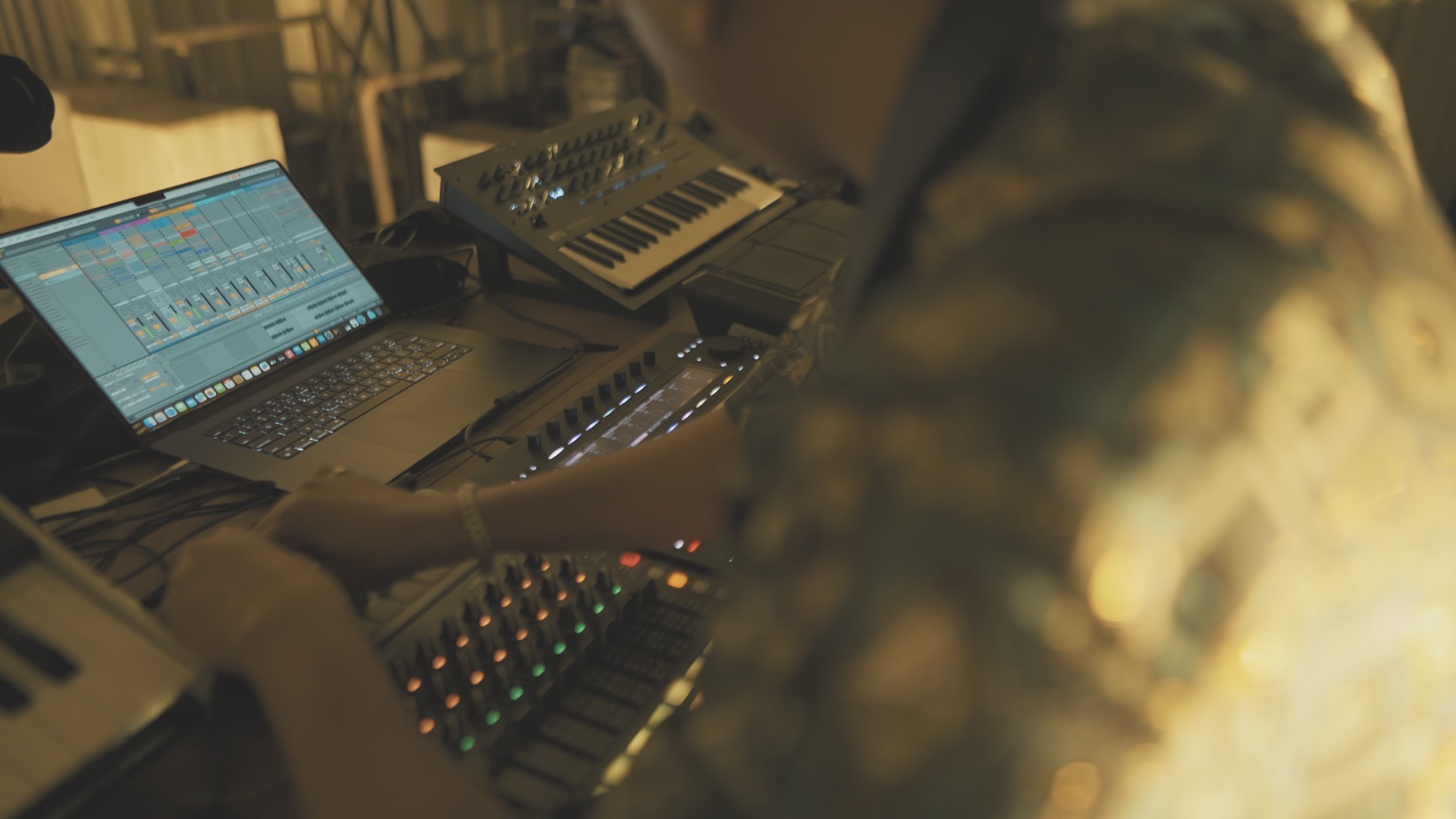
Read this next: Watch: Hammer delves into his artistic trajectory for Feels Like Future podcast
With 2024 shaping up to be another big year for you, are there any surprises or creative directions you’re particularly excited to explore in the coming year?
This year is incredibly special as we prepare to launch our debut live show, which will utilise Ableton Live for a fully immersive performance. The objective is to master a diverse range of instruments, allowing us to create a more dynamic and engaging experience for the audience. We aim to enhance the live sound design by incorporating additional instrumentalists on stage, resulting in a larger and more vibrant performance. Our vision is to deliver a comprehensive audio-visual spectacle that captivates attendees and leaves them wanting more. Each time you see me live, my goal is to elevate the experience, ensuring that it becomes a memorable event for everyone involved.
This year has been particularly fulfilling as I had the opportunity to produce a wide array of records for various artists, marking a significant highlight in my journey as a producer, in addition to my role as a performer. The collaborative process has allowed me to expand my creative horizons and refine my production skills. Looking ahead to 2025, I am excited to further develop my identity as a producer, aiming to achieve recognition and success in this aspect of my career alongside my performance endeavours. My goal is to continue delivering high-quality music that resonates with audiences while also strengthening my impact in the production landscape.
Amira Waworuntu is Mixmag Asia’s Managing Editor, follow her on Instagram.
Cut through the noise—sign up for our weekly Scene Report or follow us on Instagram to get the latest from Asia and the Asian diaspora!


